| Structure | Name/CAS No. | Articles |
|---|---|---|
 |
Cyclosporin A
CAS:59865-13-3 |
|
 |
Isoflurane
CAS:26675-46-7 |
|
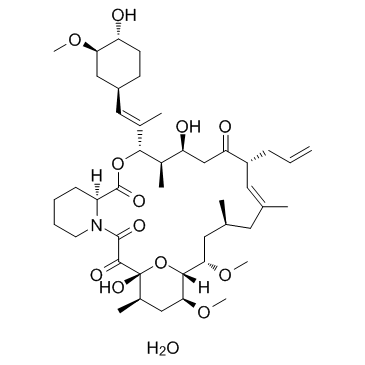 |
Tacrolimus
CAS:109581-93-3 |
|
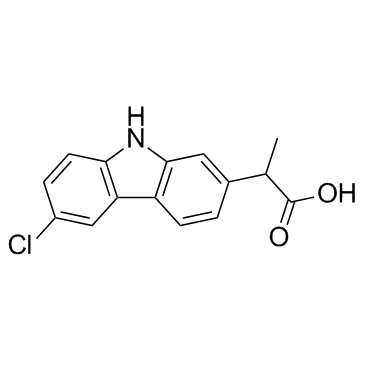 |
Carprofen
CAS:53716-49-7 |
|
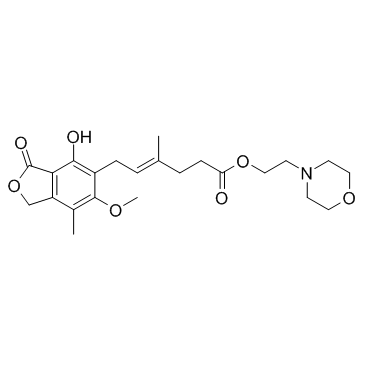 |
Mycophenolate mofetil
CAS:128794-94-5 |
|
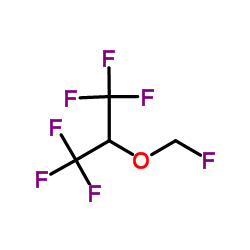 |
sevoflurane
CAS:28523-86-6 |
|
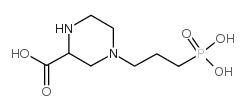 |
(+/-)-2-HYDROXYTRIDECANOICACID
CAS:100828-16-8 |
|
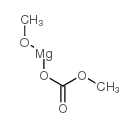 |
Magnesium methyl carbonate solution
CAS:4861-79-4 |